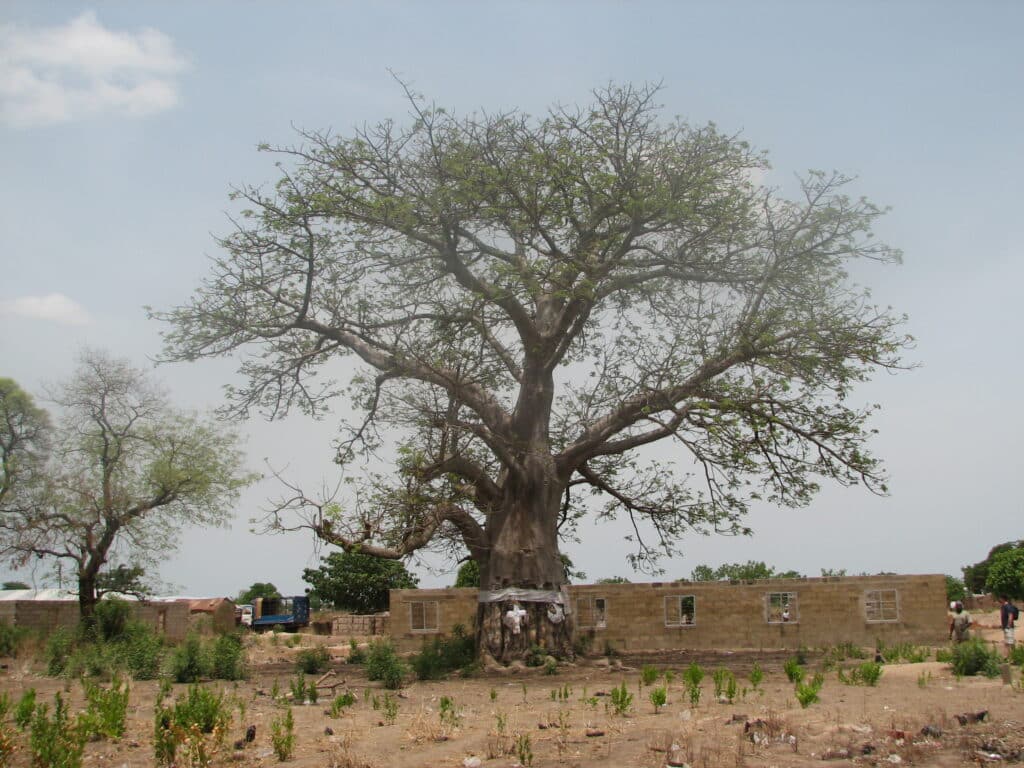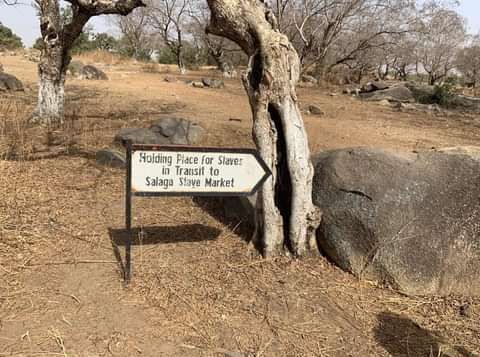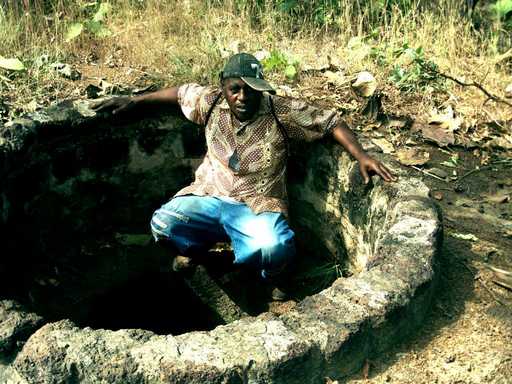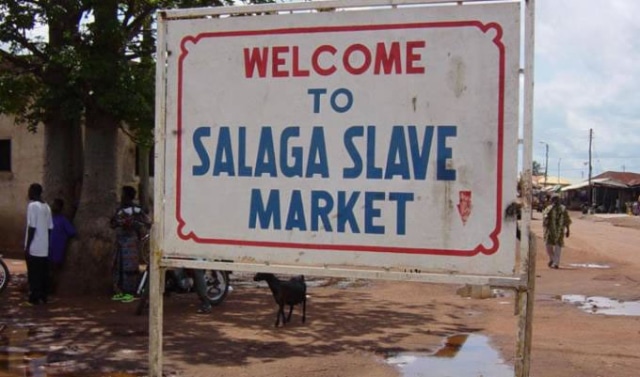The Salaga Slave Market, located in the East Gonja District of northern Ghana, is a historically significant site that played a pivotal role during the Trans-Atlantic slave trade in the 18th century. Situated in West Africa, Salaga served as a crucial hub where enslaved individuals were gathered and prepared for transportation to the coast, where they would be subsequently shipped off for sale and export . Additionally, the market also functioned as an outpost for the movement of slaves along the trans-Saharan routes.

Prior to its involvement in the slave trade, Salaga was renowned as one of the prominent market centers in West Africa since the 16th century Various commodities were traded in the bustling market, including kola nuts, beads, ostrich feathers, animal hides, textiles, and gold. However, in the 18th century, the market underwent a grim transformation as it became a significant hub for the trading of human beings. People from the Upper West, Upper East, and Northern Regions of Ghana served as sources for the supply of slaves in Salaga. These individuals would be captured, often through raids or warfare, and brought to the market to be traded as commodities.

The enslaved individuals brought to the Salaga Slave Market were predominantly exchanged for goods such as kola nuts, cowries (a form of currency), and gold. This system of exchange represented the grim reality of human lives being reduced to mere commodities in the brutal slave trade. The Salaga market was part of a larger network that facilitated the trafficking of slaves to the coast, where they would be transported across the Atlantic Ocean to be sold into slavery in the Americas and Europe.
The Salaga Slave Market’s historical significance extends beyond its role in the Trans-Atlantic slave trade. It serves as a tangible reminder of the deep scars left by the exploitation and commodification of human lives during this dark period in history. The market stands as a testament to the immense suffering endured by countless individuals who were forcibly separated from their families and homes, enduring unimaginable hardships and cruelty.

Today, the Salaga Slave Market stands as a somber reminder of the horrors of the past, and efforts have been made to preserve and commemorate its history. The site serves as a place of remembrance and education, allowing visitors to reflect on the inhumanity of the slave trade and to honor the memory of those who suffered. It stands as a solemn tribute to the resilience and strength of the individuals who were victims of this tragic chapter in human history.






































